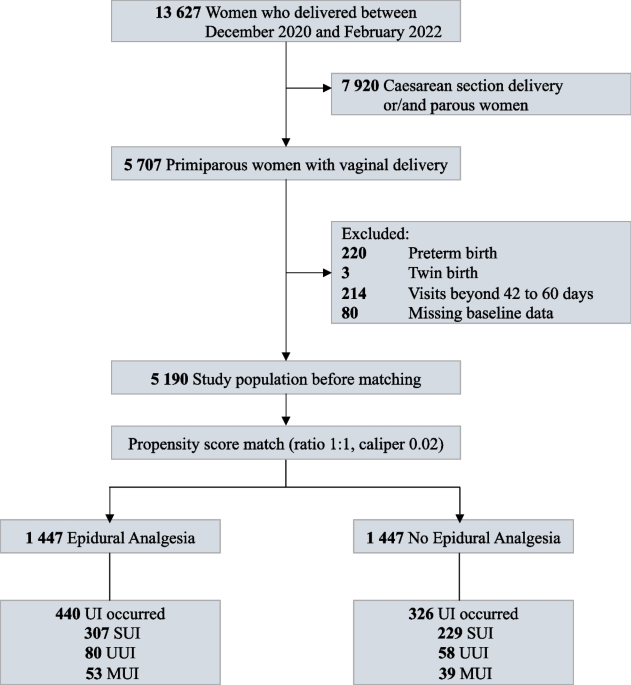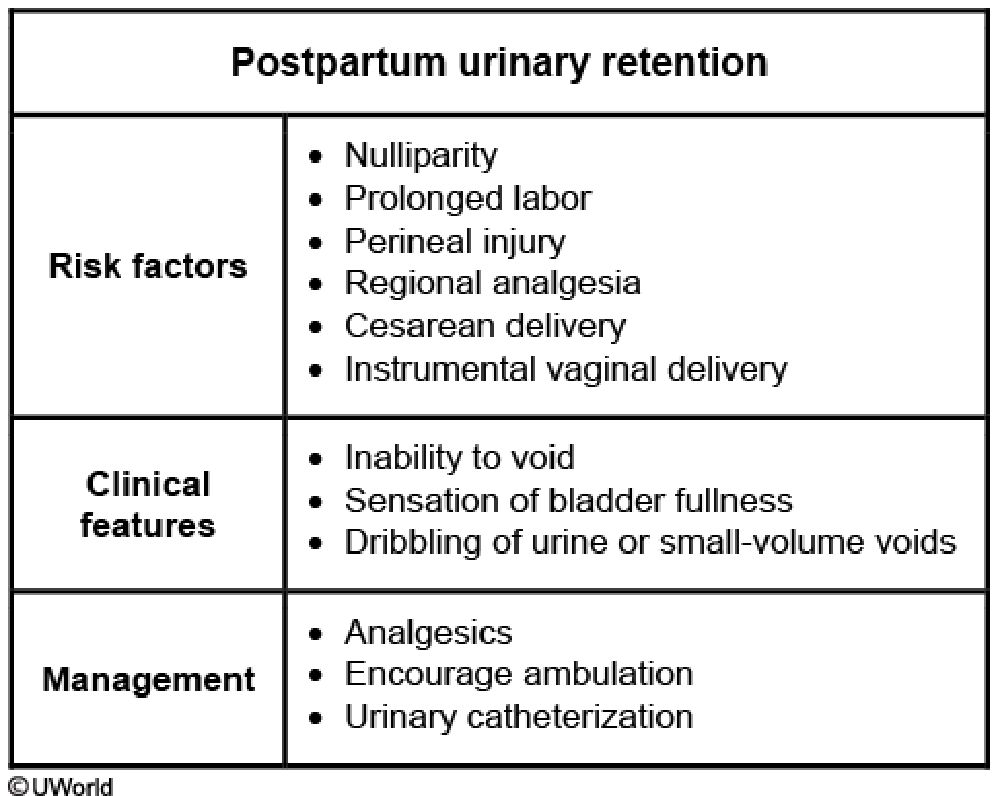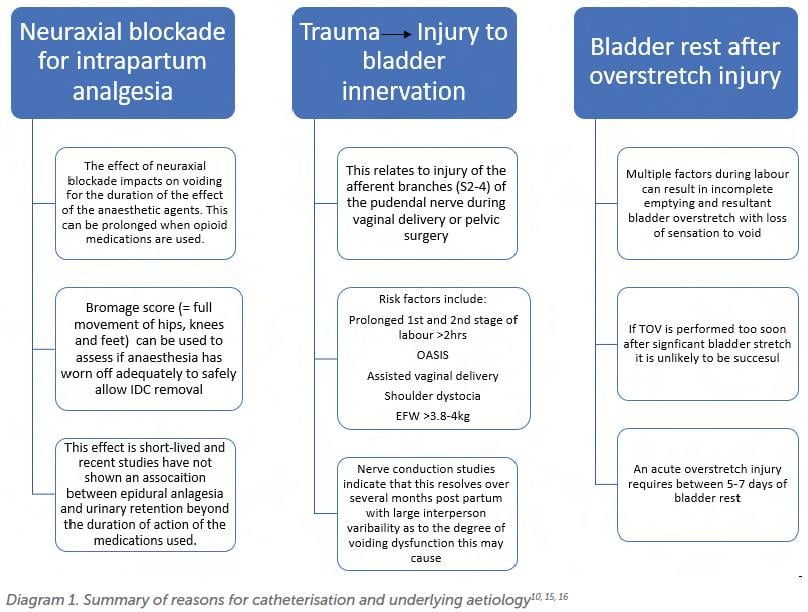Association of epidural analgesia during labor and early postpartum urinary incontinence among women delivered vaginally: a propensity score matched retrospective cohort study, BMC Pregnancy and Childbirth

Background Although epidural analgesia is considered the gold standard for pain relief during labor and is safe for maternity and fetus, the association between the epidural analgesia and pelvic floor disorders remains unclear. Thus we estimate the association between epidural analgesia and early postpartum urinary incontinence (UI). Methods A propensity score-matched retrospective cohort study was conducted at a university-affiliated hospital in Shanghai, China. Primiparous women with term, singleton, and vaginal delivery between December 2020 and February 2022 were included. UI was self-reported by maternity at 42 to 60 days postpartum and was classified by International Consultation on Incontinence Questionnaire-Urinary Incontinence Short Form (ICIQ-UI SF). Using logistic regression models, the associations between epidural analgesia and early postpartum UI were assessed. Results Among 5190 participants, 3709 (71.5%) choose epidural anesthesia during labor. Analysis of the propensity-matched cohort (including 1447 maternal pairs) showed epidural anesthesia during labor was independently associated with UI in early postpartum period (aOR 1.50, 95% CI 1.24–1.81). This association was mainly contributed to stress UI (aOR 1.38, 95% CI 1.12–1.71) rather than urge UI (aOR 1.45, 95% CI 0.99–2.15) and mixed UI (aOR 1.52, 95% CI 0.95–2.45). Furthermore, we observed that the association between epidural anesthesia and UI was more pronounced among older women (≥ 35 y) and women with macrosomia (infant weight ≥ 4000 g), compared with their counterparts (both P for interaction < 0.01). After further analysis excluding the women with UI during pregnancy, the results remained largely consistent with the main analysis. Conclusions The findings support that epidural anesthesia was associated with SUI in the early postpartum period.
Birth Outcomes After Implementing an Evidence-Based Guideline for Managing Delayed Pushing in Second Stage Labor in Women with Epidural Anesthesia - SciTeMed Publishing Group

Association of epidural analgesia during labor and early postpartum urinary incontinence among women delivered vaginally: a propensity score matched retrospective cohort study, BMC Pregnancy and Childbirth

Association of Delivery Mode With Pelvic Floor Disorders After Childbirth. - Abstract - Europe PMC

Association of cesarean delivery timing with pelvic floor muscle function and urine incontinence: A propensity score‐matched study - Chen - 2022 - Smart Medicine - Wiley Online Library

Association of epidural analgesia during labor and early

Satisfaction in parturients receiving epidural analgesia after prenatal shared decision-making intervention: a prospective, before-and-after cohort study, BMC Pregnancy and Childbirth

Labor epidural analgesia versus without labor epidural analgesia for multiparous women: a retrospective case control study, BMC Anesthesiology
Physical and psychological recovery after vaginal childbirth with

Real-world effectiveness of app-based treatment for urinary incontinence: a cohort study







